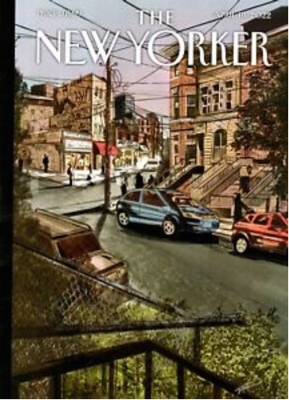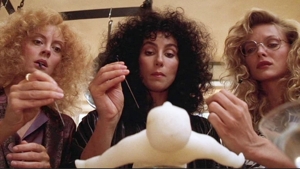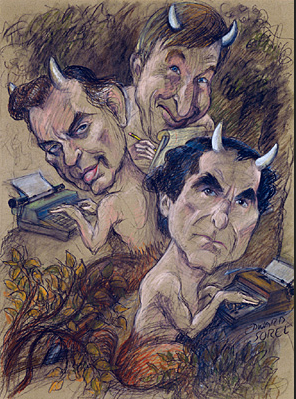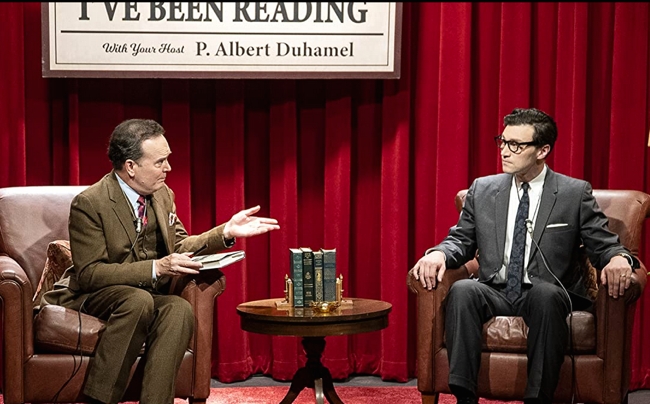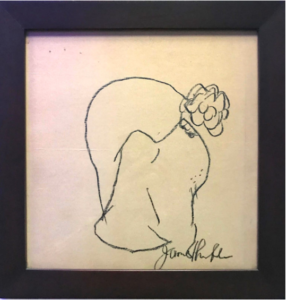An interview with comedian Jerry Seinfeld that originally appeared as a New York Times “By the Book” interview turned up on a number of sites, including a blog by Jack Limpert, editor of The Washingtonian for more than 40 years. Here are some of the exchanges:
Asked if he reads much fiction, Seinfeld said, “When I used to read more, I really loved John Updike and John Irving. Updike, to me, was insane. I love microscopic acuity and I thought he was untouchable in that: the fineness, and the smallness of things that he would describe so well.
What was the last book that made him laugh?
“I don’t really laugh reading books,” Seinfeld said. “It’s pretty hard to laugh when you’re reading—the written word is tough. I mean, the Updike stuff is funny to me. You know, describing the circles of water under someone’s toes when they get out of the pool. That makes me laugh more than anything, that he would zero in on that.”
Which three writers, dead or alive, would he invite to a literary dinner party?
“Well, Updike I mentioned. I think David Halberstam would be a great dinner guest. And I’m into this Marx Brothers thing now, so I would like to sit with this guy [Robert] Bader for dinner. And Lincoln! I consider him to be a great writer.”
What does he plan to read next?
“I’m out of stuff, but along the same lines as John Updike I might give Nicholson Baker a shot.”
Read the whole interview.


